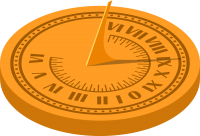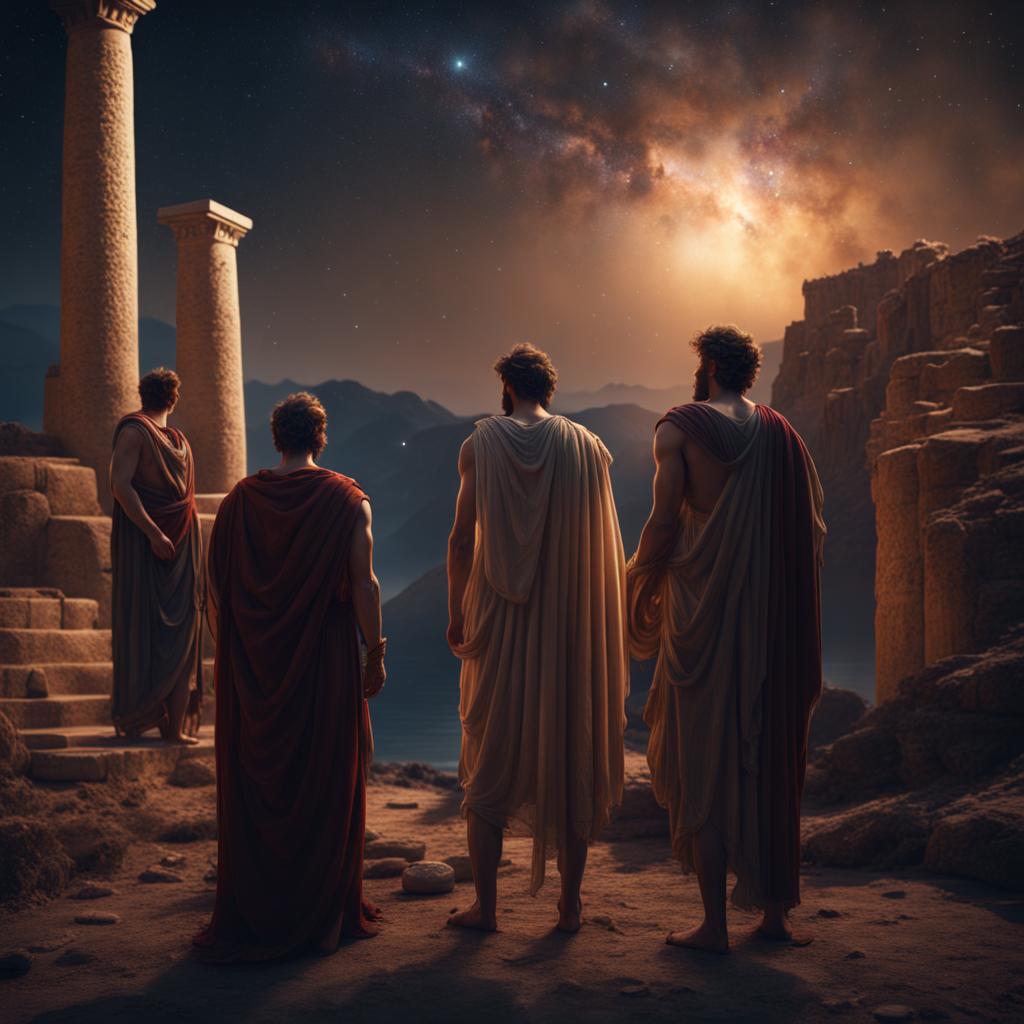Astrology, the study of celestial bodies and their influence on human affairs, has a rich and fascinating history that spans across cultures and civilizations. From ancient times to the present day, astrology has played a significant role in shaping our understanding of the cosmos and its impact on our lives.
Ancient Astrology
Astrology is an ancient science which blends elements of astronomy, mathematics and ethics into one field of knowledge. Throughout its long and storied history, its interpretation has varied significantly and ancient civilizations often looked to the stars for guidance when making decisions. This has been as important as weather prediction, to complex matters of empires and governments.
Beginning in Mesopotamia, zodiac based astrology first emerged. This system relied upon precession, the gradual shift of Earth’s axis caused by gravitational pull from Sun, Moon and planets’ rotation, for its foundation.
Mesopotamia witnessed the early beginnings of astrology through Sumerians observing star and planet movements. The Babylonians soon took up this cause by noting regularities and patterns in celestial appearances and creating early rulers for each sign, as well as creating their first horoscopes.
Hippocrates proposed in 5th century BCE that people’s personalities, genders and health were determined by a combination of hot, cold, wet or dry qualities, later known as Hippocratic elements. He applied this theory to zodiac signs. These elements included air signs which were both hot and wet (Libra, Aquarius and Gemini); fire signs which had hot dry qualities (Aries, Leo and Sagittarius); earth/water signs who were cold yet wet (Taurus, Virgo and Capricorn).
Gemini represents Pollux and Castor, who play key roles in several mythologies. One such legend states that Zeus granted Castor immortality when he died.
Ptolemy made an immense contribution to Western horoscopic astrology with his work Tetrabiblos. This work laid the basis of modern natal chart and planet functions. Ptolemy’s ideas were heavily influenced by Alexandrian and Roman traditions of astrology, with particular attention paid to geometry and mathematics.
Europeans began translating Arabic planetary tables into Latin during the High Middle Ages, ushering in a new era in astrology. Astrologers then discovered what was behind shifting zodiac signs and precession.

Early Interpretations
By using zodiac signs as references for creating birth charts called natal charts or birth predictions that predict future behavior; many also believe that where your stars were when you were born may impact your personality, relationships, career choices and health in ways they never could before.
The modern Western zodiac was first devised around 600 BCE when the Sun passed over constellations at various seasons throughout the year. Greek scholars adopted Babylonian and Egyptian systems of determining sign dates while adding their own interpretations based on animal constellations. Eventually this term evolved to mean “circle of little animals.” Each zodiac sign originally depicted an animal constellation, but over time their interpretation has expanded to incorporate mythological hybrids as well.
The Sun moves through the zodiac constellations in an ecliptic, or celestial circle. Due to planet orbital speeds and revolutions around the Sun causing Earth’s tilt axis to shift, causing precession. This shift causes constellations of zodiac to move over time as seen today in new signs.
Middle Ages
Medieval societies put great stock in keeping an eye on the heavens for daily survival. Without accurate calendars or weather prediction technology available to them, watching celestial bodies was often used as an effective means of anticipating seasonal changes necessary for agriculture, hence their frequent appearance in medieval manuscripts and art.
Medieval Europeans imbued their interpretations of the zodiac signs with rich symbolism. Each sign was associated with an element, planet or quality they believed could shape one’s character or destiny. Aries was believed to represent strength and independence, imparting courage and impulsiveness, while Taurus represented determination and practicality. Gemini, represented by twins, was thought to bestow versatility and quick wittiness. Cancer (represented by a crab) bestowed emotional depth and deep connections to family and home. Leo (representing lion) brought confidence and leadership qualities. Pisces (two fish swimming opposite directions) signified duality and the cycle of existence.
The signs of the zodiac are the product of ancient Babylonian, Greek and Egyptian traditions. Each zodiac sign occupies 30 degrees on the great circle that marks the sun’s annual path across the sky. Each constellation in this zodiac has been carefully chosen to evoke familiar objects or animals as well as mythological creatures or figures. Their names remain current while their meanings have evolved over time.
Modern Interpretations
Modern Western astrology, which draws heavily upon Greek and Roman traditions of horoscope reading, utilizes twelve zodiac signs to identify traits common to all people and predict future outcomes based on where the Sun, Moon, and planets reside within each sign.
The zodiac’s twelve signs are based on constellations that the Sun travels through each year, but due to a phenomenon called precession of the equinoxes they change in longitude year by year due to subtle “wobbles” caused by gravitational forces of Sun, Moon, and occasionally other planets. This results in each zodiac sign starting off each year in different constellations, and causes its accuracy to be compromised over time.
Astrologically speaking, we can define signs by the point in each constellation that the Sun passes when entering each sign on March 21. This system is called tropical zodiac and it is widely used. Although imperfect in some regards, most people use and are familiar with it today.
Astrology is not an exact science, but it can provide valuable insight into ourselves and the world around us. Zodiac signs can help us gain more understanding about who we are as individuals and how best we can interact with one another. This is regardless of whether you believe in zodiac symbols themselves or not! By learning more about myths and stories behind the symbols, astrology provides a fun tool for exploring ourselves and understanding life around us.

Future Trends
In the future, we can expect to witness a significant integration of technology with astrology. With the rise of artificial intelligence and machine learning, astrologers may utilize advanced algorithms to analyze vast amounts of data and provide more accurate predictions. This technology-driven approach might help in streamlining the process of chart interpretation and provide deeper insights into astrological readings.
One of the most popular aspects of astrology is its ability to assess compatibility between individuals. In the future, we can anticipate more refined techniques for analyzing astrological compatibility in relationships. Astrologers may explore the use of additional planetary aspects, asteroids, or even celestial events to gain a more comprehensive understanding of relationship dynamics and potential challenges.
Wellness and self-care have become increasingly important in recent years. In the future, astrology is likely to play a more prominent role in guiding individuals towards their well-being. Astrologers may focus on personalized wellness recommendations, considering the unique planetary influences in a person’s birth chart. This could involve suggesting specific activities, dietary guidelines, or even meditation practices that align with an individual’s astrological makeup.
As the world of work continues to evolve, astrology may find its place in career guidance and decision-making processes. Future trends in astrology may involve the exploration of vocational astrology, where astrologers analyze a person’s birth chart to identify potential career paths and areas of professional fulfillment. This could empower individuals to make informed decisions about their career trajectory and find deeper satisfaction in their work.
Technology
Apps are revolutionizing how zodiac readings are conducted, whether as daily horoscopes or tools to identify life patterns. These digital solutions have gained in popularity among both young and older generations alike.
One such app, Co-Star, uses artificial intelligence to calculate birth charts based on date, time, and place of birth. The app has become popular thanks to its accuracy, entertaining reads, and social compatibility feature, which allows users to compare their charts with those of their friends.
As more people seek astrological guidance, many apps will use algorithms to personalize horoscopes for individual users. These formulas match where planets were when someone was born to establish their astrological sign and combine this data with current planetary movements to predict what may happen next.
Astrology apps must offer daily horoscope forecasts corresponding with users’ birth signs as a core feature, reflecting dynamic planetary movements and providing insight into various areas such as work, relationships and health.
As part of an astrology app, utilizing a chatbot that connects users with human astrologers or psychic coaches for personalized advice is another effective way to add depth. These one-on-one consultations allow them to gain deeper and more in-depth interpretations of users’ natal birth charts, for guidance on specific obstacles they’re facing in life.
Content listed below may contain affiliate links.
